Enjoying Tanabata With Kids
Make The Most Out Of The Star Festival With Little Ones In Tow
Tanabata, one of the quintessential Japanese summer holidays, is even more fun with kids around. Whether you’re creating homemade decor, slurping somen noodles or writing your own wishes, make this July seventh one for the memory books!
As temperatures continue to soar across the country, turn your attention to the night sky as Tanabata, Japan’s Star Festival, is right around the corner. Like so many of Japan’s holidays from New Year‘s to Girl’s Day, this one has plenty of traditions for you and your kids to enjoy.
Based on the legend of Orihime and Hikoboshi, the love story about a divine royal seamstress and her cow-herder husband who are destined to reunite annually on the seventh night of the seventh moon, Tanabata combines romance and fantasy with vibrant colors and astrological fun for the whole family. Read on to learn more about the crafts and cuisine associated with Tanabata and, if you haven’t already, be sure to check out this primer on the legendary star-crossed lovers that started it all.
Tanzaku
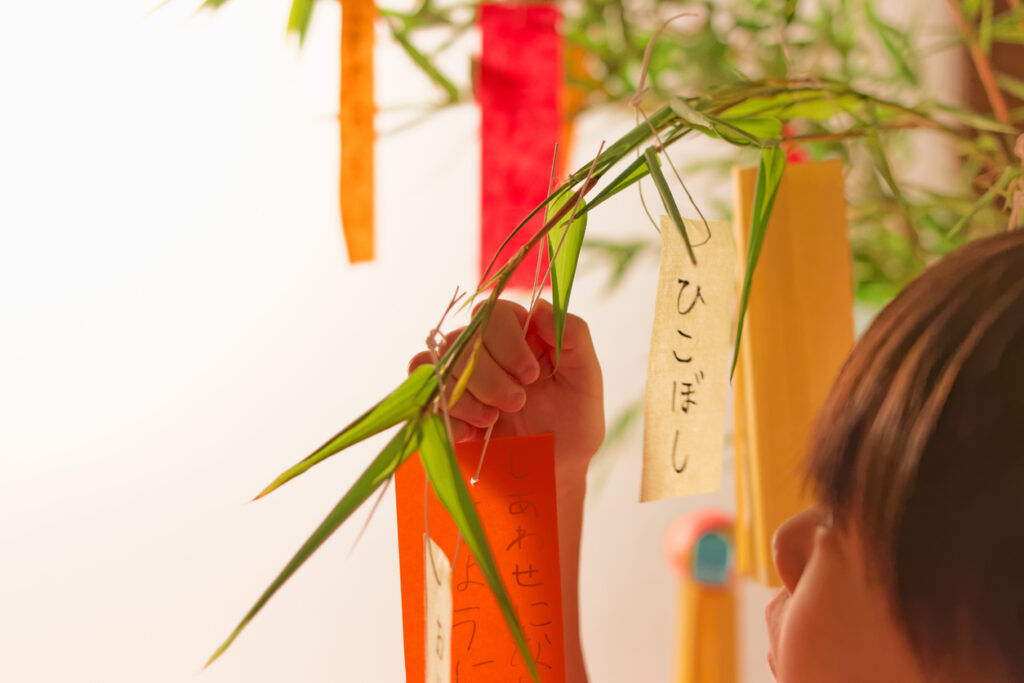 © Photo by iStock: nikoniko_happy
© Photo by iStock: nikoniko_happyWhile Children’s Day has kids raising koinobori (carp streamers) in front of the home and Setsubun sees little ones throwing beans at an adult wearing an oni (demon) mask, Tanabata is marked by decorating a bamboo tree or branch with tanzaku, rectangular slips of blue, red, white, yellow and purple paper inscribed with children’s wishes. These wishes originally revolved around skills relating to Orihime and Hikoboshi’s story, such as pottery, poetry and other crafts, but gradually developed to include a wider variety of desires. Often, these are still skill-based, like wanting to improve at soccer, but they can be tailored to whatever is currently inspiring for your little one.
Legend says the cosmic couple will be delighted at the sight of these colorful decorations and will express their gratitude by granting people’s requests. Depending on where you live, you may find such trees installed in public places such as shrines, stations and parks for people to leave their wishes. If there aren’t any nearby, why not make your own and have fun decorating up until the seventh?
Origami
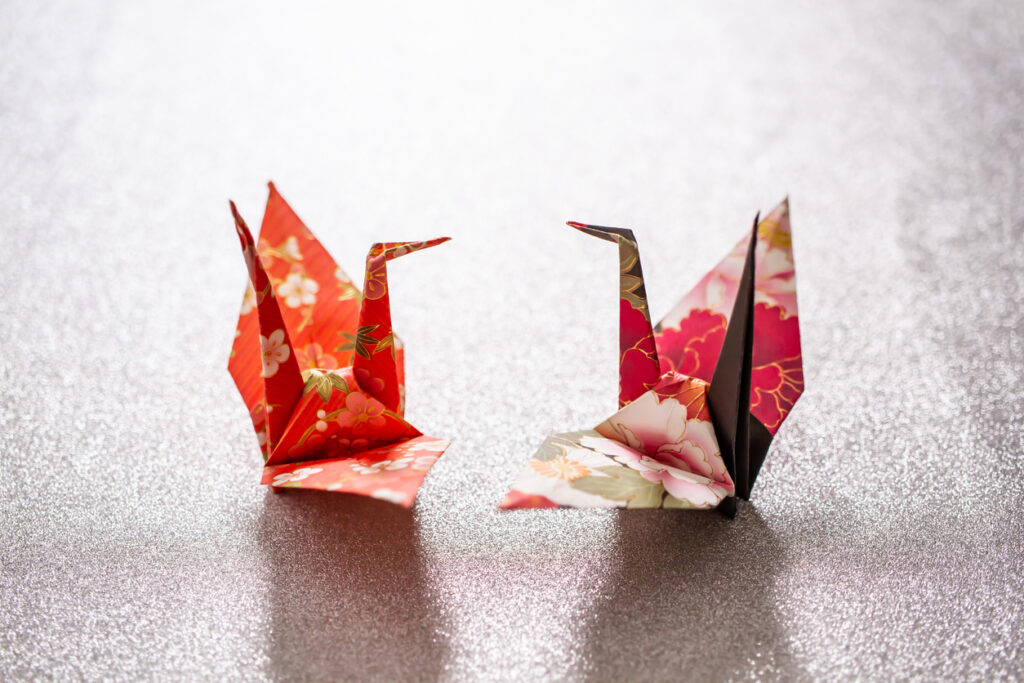 © Photo by iStock: shironagasukujira
© Photo by iStock: shironagasukujiraTanzaku are by no means the only decor you’ll find around Tanabata. In fact, many crafts can be made using origami at home and each carries their own specific meanings. Cranes are a popular choice and signify longevity. Plus they will look cute on your bamboo tree!
Similar to koinobori in that they flutter in the wind, fukinagashi are streams of colored paper meant to symbolize Orihime’s weaving thread and are created in honor of her sewing.
Lanterns
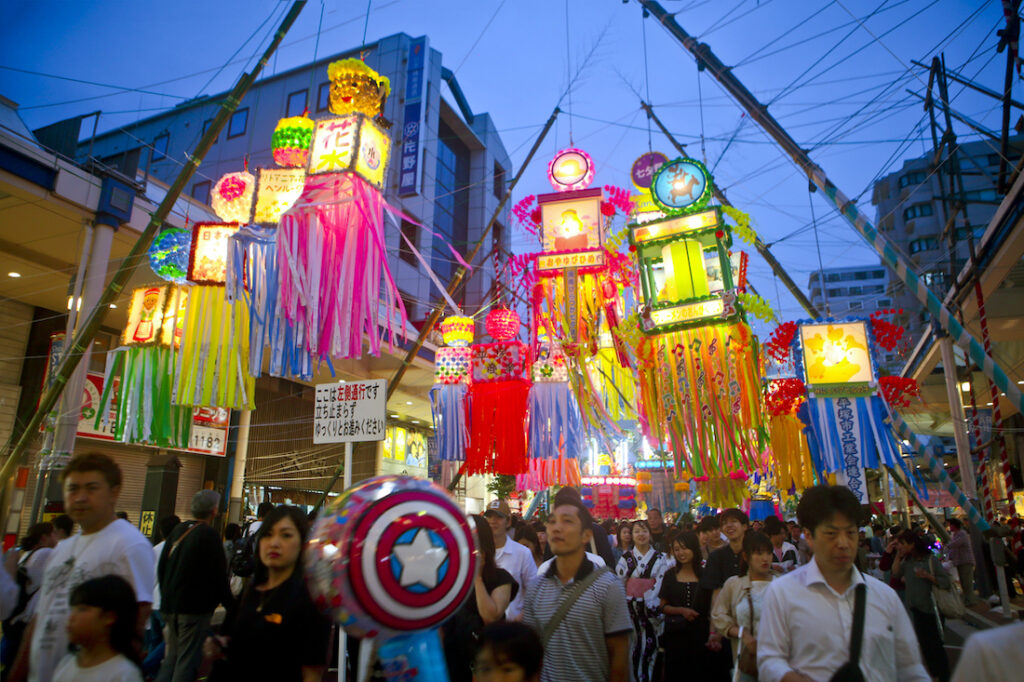 © Photo by iStock: JianGang Wang
© Photo by iStock: JianGang WangIn recent years, illuminated lanterns carrying wishes have been floating up to the night sky or down rivers in major cities. With many coronavirus restrictions lifted, these festivities are returning this summer. At the Tanabata Matsuri Sky Lantern Festival, for example, held in Tokyo, Aichi, Kyoto and Fukuoka, you and your tiny one can release lanterns into the city sky throughout July and August.
Heading near Osaka? Make a trip to the Okawa River on the seventh. For the first time in four years, the city will be hosting the Reiwa Osaka Legends of the Milky Way event which sends tens of thousands of LED lights marked with wishes (at a cost) down the river. In addition to celebrating Tanabata, this festival organized by the Asanogawa Project also aims to connect people with their local rivers and canals.
So, whether you’re sending your wishes up to the sky or down the river to Orihime and Hikoboshi, you and your family will have a dazzling night to remember! Plus, if you don’t want to leave your house, why not make your own paper lanterns out of origami? This video breaks it down so that even preschoolers can follow along.
Somen and Stars
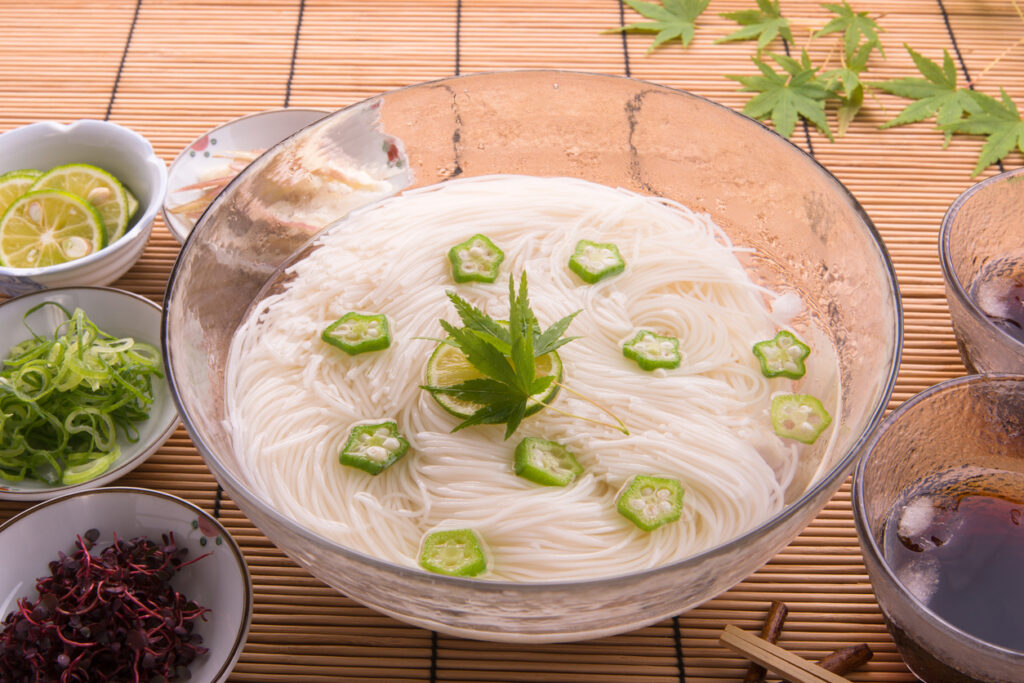 © Photo by iStock: Promo_Link
© Photo by iStock: Promo_LinkAs with other Japanese holidays, Tanabata also has several dishes and motifs at the heart of its celebrations. Meant to conjure up images of the Milky Way with its long, flowing strands as well as referencing Orihime’s virtuosity at the loom, somen, thin white wheat noodles, feature prominently in Tanabata meals. Additionally, when planning a special supper for the holiday, try to incorporate a celestial theme. For example, star-shaped cookie cutters will become your new best friend as you press out carrots, sweet peppers, cheese, ham and whatever else your little ones want to adorn their Tanabata food with. Don’t have a cutter handy? Go with slices of okra for the quickest star-shaped topping. If the kids aren’t into somen, pair your decorations with curry and rice or another noodle dish for a similar effect. And those with a sweet tooth should also be on the lookout for desserts and recipes for Tanabata, such as star-shaped cookies and deep blue jellies replicating the night sky.
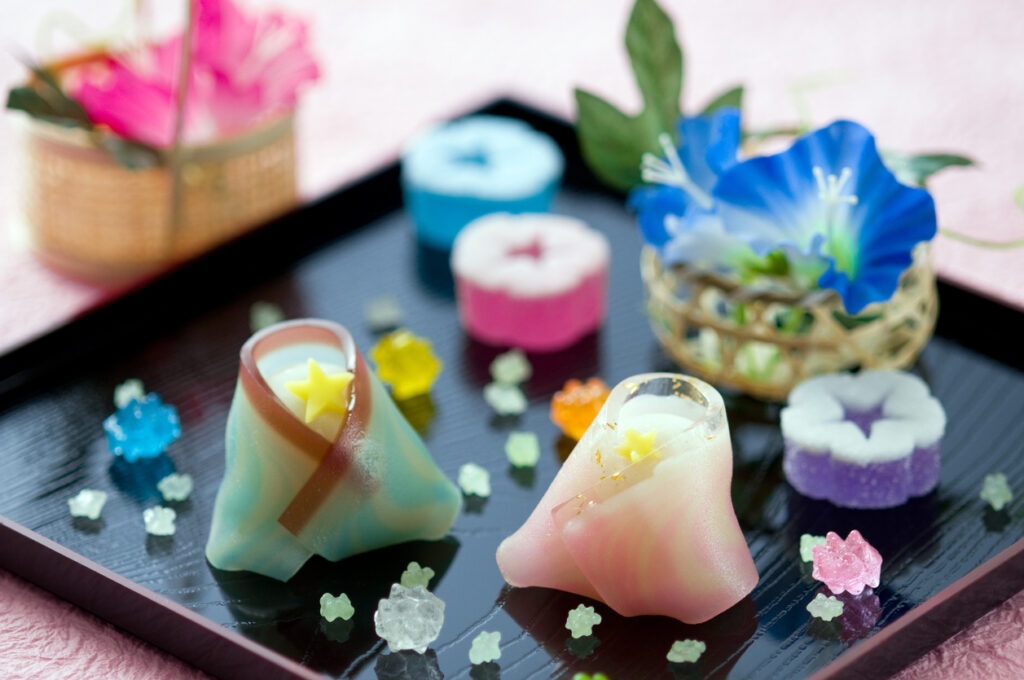 © Photo by iStock: chikaphotograph
© Photo by iStock: chikaphotographIf you and your family would rather pick up a treat rather than make it, depachika or department store basements are a great bet. Check out this gorgeous Tanabata-themed candy from 400-year-old Japanese confectioner, Kameya Kiyonaga, available in Mitsukoshi Isetan that you can even order online.
Also, these mizu manju based on the Tanabata legend from Kitaya look both beautiful and delicious and are available at the Food Marche in Tokyo Sora Machi.
Explore the magic of Japan’s starry night sky while learning about traditional festivities this year! Whether you’re cooking, crafting or sending your hopes into the night with your little ones by your side, try any or all of the ideas above to have a stellar Tanabata this year.













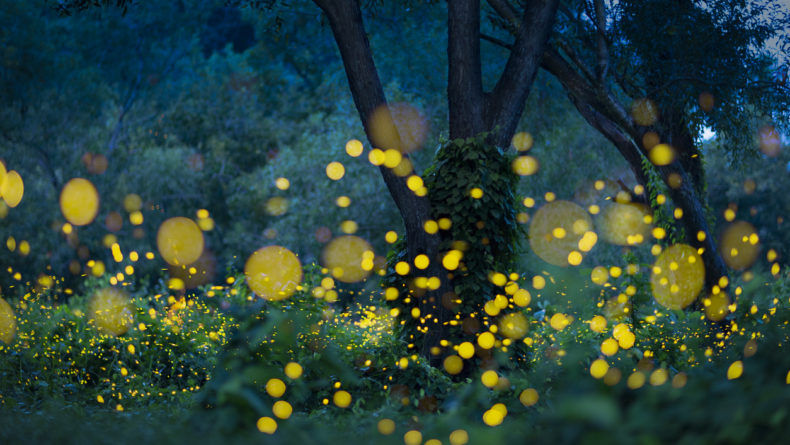

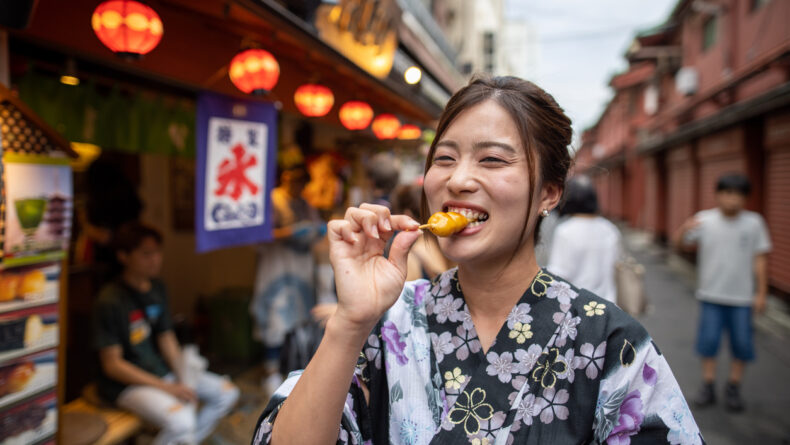
Leave a Reply